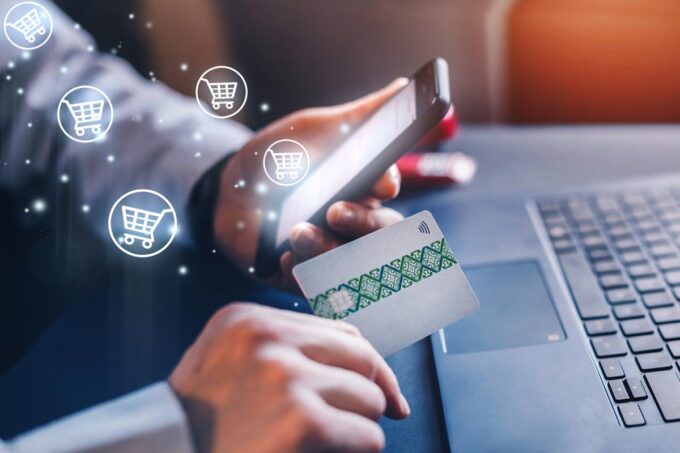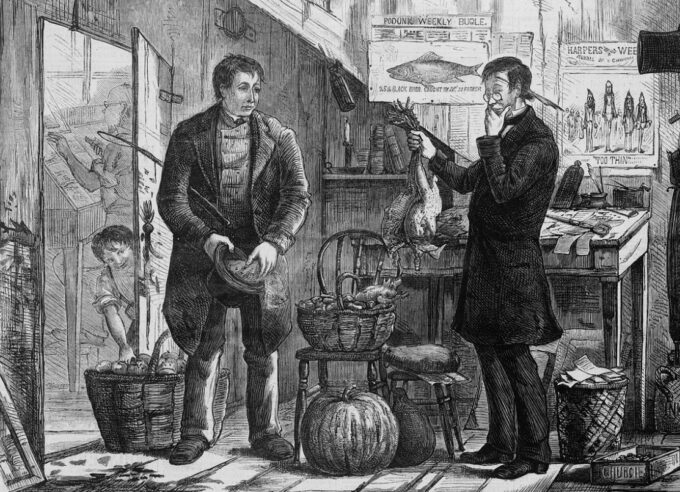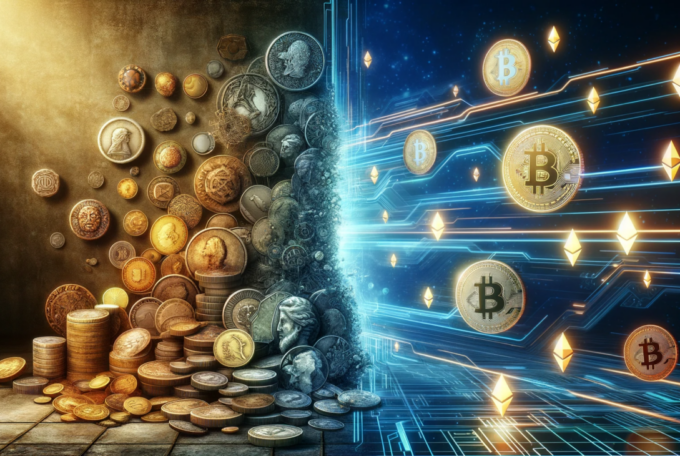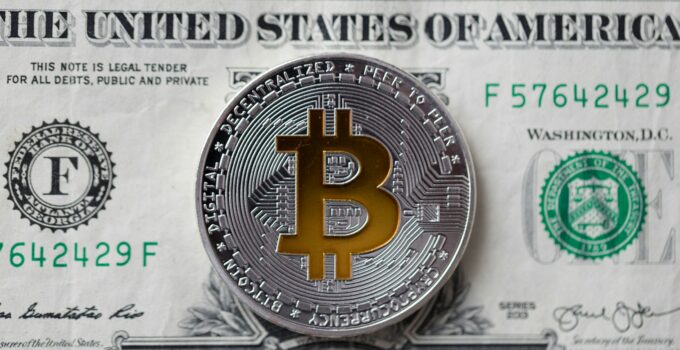Financial services have shifted and changed in appearance since the dawn of time. The technology behind payment and banking has undergone remarkable transformations.
From the primitive days of bartering to the present era of contactless payments and digital wallets, payment technology has continuously adapted to reflect the changing needs and preferences of societies.
This article takes you backward through time from what you’re familiar with to ancient systems you had forgotten even existed.
Digital Transformation and Contactless Payments

Source: nordicfintechmagazine.com
In our modern world, the emergence of the internet opened doors to the era of online payments. Secure online payment gateways like PayPal have emerged and they facilitate seamless transactions for e-commerce, while online banking offers convenient bill payments and fund transfers.
The 21st century has made room for the rise of mobile wallets, allowing users to make contactless payments through their smartphones. In more recent times we have witnessed the emergence of tap-and-go technology which has allowed users to pay by waving their cards or phones near payment terminals.
Further, Bitcoin and other cryptocurrencies have disrupted traditional banking by offering decentralized, secure transactions.
Many sectors in the business world are enjoying the benefits brought by these new, innovative banking methods. Some of them include:
Travel and Entertainment
- Online and real-world casinos: eWallets and crypto transactions are typically processed much quicker compared to traditional methods like bank transfers or credit cards. For fast withdrawals and deposits, many online casinos are choosing to exclusively become crypto-centric or emphasize crypto and e-wallets as the preferred payment methods.
- Booking travel: Online travel agencies and airlines might accept eWallets for flight bookings or hotel reservations.
- Event ticketing: Event ticketing platforms sometimes offer eWallets as a payment option for purchasing tickets to concerts, shows, or other events.
Retail
- Stores: Many stores now accept eWallets for in-person purchases through contactless payment methods like Apple Pay or Google Pay.
- Online retailers: Almost all major online retailers have integrated eWallets like PayPal as a convenient payment option at checkout.
- Financial Services
- Peer-to-peer (P2P): eWallets are ideal for sending and receiving money between friends, and family, or even for casual business transactions.
- Bills and transfers: Many eWallets allow users to pay bills, recharge phones, or send money domestically or internationally.
Credit Cards and Electronic Payments

Long before the dawn of the marvelous new payment methods we enjoy today, the credit card was seen as the best thing to ever be made by man. The 20th-century consumer felt empowered to make purchases and access credit for larger transactions.
This innovation ushered in a new era of convenience and fueled the growth of consumer spending. Diners Club introduced the first credit card in 1950 and, at the time, it revolutionized the financial world by allowing deferred payments and reducing the need for cash.
The invention of Automated Teller Machines (ATMs) soon after further revolutionized access to cash, allowing individuals to withdraw funds 24/7. The ATM became widespread in the 1970s and is still a primary source of money in some countries.
Right after the ATM came the debit card in the 1980s which allowed retailers to directly deduct funds from a user’s bank account. This was swiftly followed by the EFT system which enabled electronic money transfers between banks.
Checks and Banking Systems
Before the bank, people kept their money in safes or maybe even under a mattress somewhere on their property. In ancient times, the temples acted as banks of a kind. People would deposit their grain and then when the need arose, they would go to the temple and collect at a fee.
Modern banking, however, is linked to Renaissance Italy in the 14th century. The establishment of banks created a secure way for the safekeeping of money and simplified transactions. Banks issued promissory notes, which evolved into modern checks. In the 17th century, checks gained popularity. People could transfer funds by writing orders to their banks.
However, it took time to get them cleared as banking systems had not yet developed into the quick and efficient systems we know them to be today. Everything was done by hand as nothing had yet been automated at the time.
Paper Money
In order to acknowledge a need for banks, money was needed. Many centuries before banking became a popular endeavour, China was leading the way with paper currency during the Tang Dynasty in the 7th century.
The introduction of paper money made room for long-distance trade and reduced the need for carrying many heavy coins. As time went on, central banks emerged, issuing standardized banknotes backed by gold reserves. In the 17th century, checks were introduced, further revolutionizing payments.
Now, funds could be transferred without having to physically carry large amounts of cash.
Coins
Before the banknote was the coin, the original form of money made initially with real minerals. The invention of coins, around 600 BCE, provided a uniform currency for trade.
They quickly grew in popularity because they were portable, durable, and widely accepted. Coins created the pattern of a standardized form of currency and they paved the way for trade as we know it today.
Cash and Barter Systems

Source: en.wikipedia.org
In much more ancient times, people exchanged goods directly through barter systems. If you had excess grain, you could trade it for someone else’s pottery or livestock. At the time, formal currencies did not yet exist, so bartering served as the earliest form of payment.
People would directly exchange goods and services for other goods and services and their exchanges were often driven by necessity and availability.
As societies grew more complex, precious metals like gold and silver came to be used as mediums of exchange. Suddenly, barter systems were inefficient.
They lacked a standardized medium of exchange while the new medium of gold and silver had a measurable value and could be traded for something worth the same value. The introduction of gold and silver coins – then eventually paper money – marked the shift from barter to cash-based economies.
Emerging Trends
The future of payment technology is brimming with exciting possibilities. Biometric authentication, such as fingerprint or facial recognition, is gaining traction, offering enhanced security and convenience.
Additionally, the rise of cryptocurrencies and blockchain technology presents alternative payment methods with unique features and potential disruptions to the traditional financial landscape. As digital payments have evolved and changed, so has cybercrime. Yet these methods are foolproof when it comes to security and encryption.
Conclusion

Source: digitaldaze.io
Payment technology has come a long way, from the rudimentary days of bartering to the sophisticated digital solutions of today. This constant evolution reflects our ever-growing desire for faster, more secure, and more convenient ways to exchange value.
As technology continues to advance, we can expect even more innovative payment solutions to emerge, shaping the future of financial transactions.







